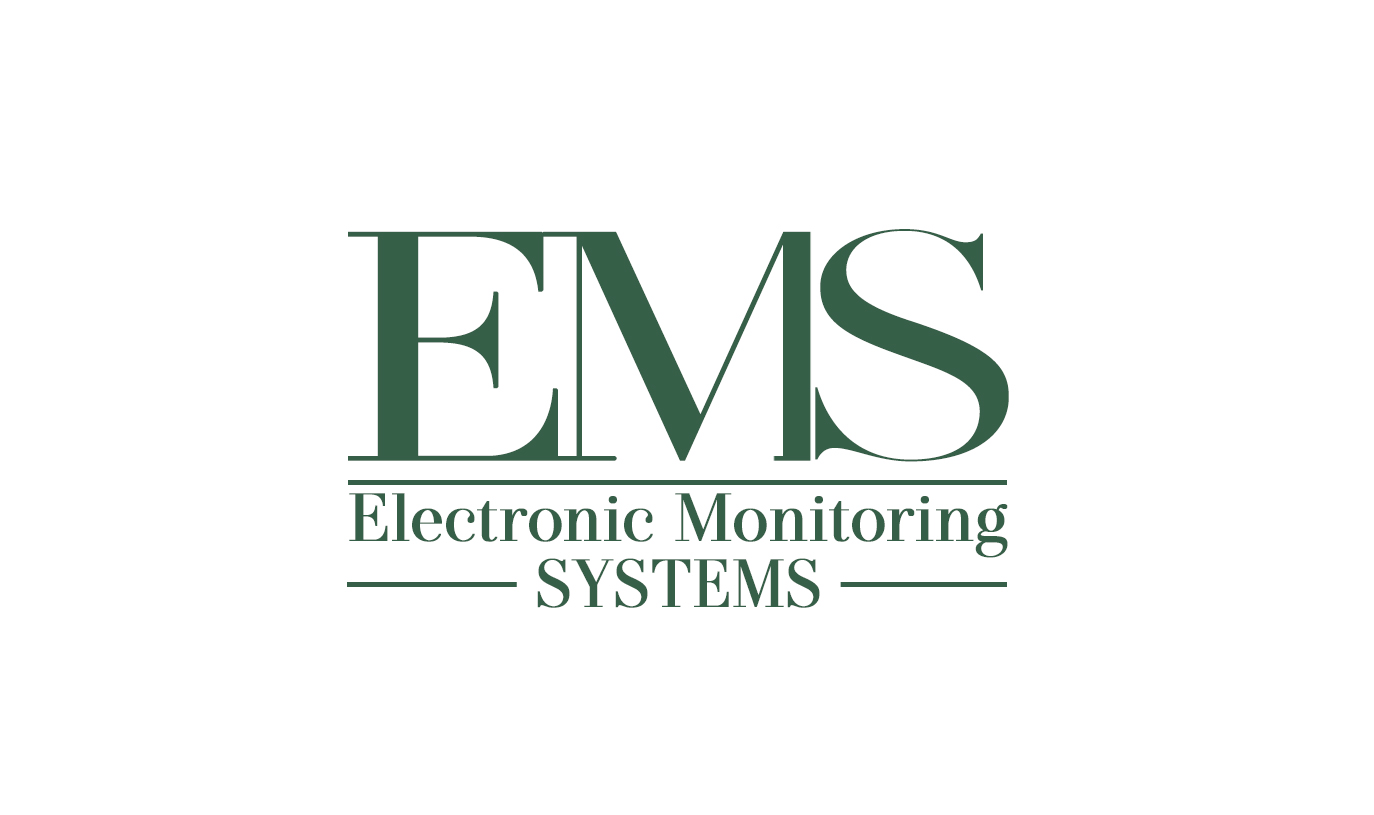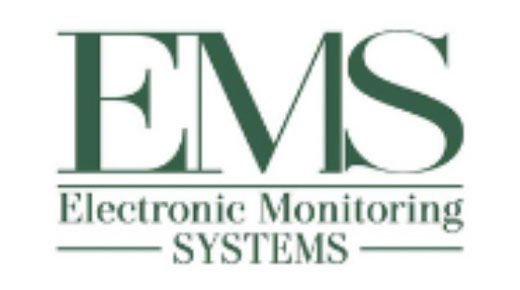Alcohol Monitoring That Ensures Offender Compliance
Alcohol Monitoring in Bossier, Natchitoches, Shreveport, Alexandria & Monroe, LA
EM Systems utilizes alcohol monitoring technologies that ensure the highest level of offender compliance and accountability while also being proven to support long-term behavior modification. We back our alcohol monitoring technology in court and provide detailed violation reports as well as in-person expert testimony for evidentiary hearings. We currently provide alcohol monitoring services in Monroe, Bossier, Natchitoches, Alexandria, LA, Northern Louisiana, Central Louisiana, and East Texas, with headquarters in Shreveport, LA. The services we provide, and the technologies that we recommend, are tailored to each agency's needs and the underlying population being monitored, including:
test
Court Ordered Alcohol Monitoring
EM Systems has extensive experience working with courts, judges, district attorneys, law enforcement, and program administrators to tailor alcohol monitoring services to satisfy each agency's needs. We provide court ordered alcohol monitoring for a wide range of charges, including DUI's, domestic violence, aggravated assault, sexual assault, and other alcholed related offenses. Court ordered alcohol monitoring often utilizes our SCRAM CAM bracelet, which provides 24/7 continuous alcohol monitoring, or our BACtrack handheld breathalyzer, which can be programmed for random and / or scheduled alcohol testing. Courts serviced include criminal, drug, family preservation, veterans and other specialty courts.
DUI Diversion Programs
EM Systems provides alcohol monitoring for DUI Diversion Programs across Louisiana and East Texas. Third party alcohol monitoring allows monitoring to be implemented at an arm's length, leveraging industry-wide best practices, while ensuring diversion participants are compliant with the requirements set forth by the program. Participants can be monitored 24/7 with our SCRAM CAM bracelet or with our BACtrack handheld breathalyzer, as determined by the requirements of the diversion program and the needs of the participant.
Probation, Parole, Work Release, and Re-entry
Volunteers, Parents, and Guardians
Our alcohol monitoring services can be tailored for individuals and families who want to introduce an extra layer of supervision and proactively monitor alcohol use to support behavior modification.
Businesses & Organizations
Our alcohol monitoring services can also be tailored for businesses and organizations that are looking for ongoing alcohol monitoring. These services can minimize liabilities, protect against injury and property damage when operating expensive and / or heavy machinery, and ensure appropriate supervision in zero alcohol tolerance operating environments.
Transdermal alcohol
Transdermal alcohol refers to a method of monitoring alcohol consumption by measuring the alcohol content in a person's sweat. This is achieved through the use of transdermal alcohol monitoring devices, which are typically worn on the skin, often as an ankle bracelet or a patch.
These devices work by detecting the ethanol molecules that are excreted through the skin when alcohol is consumed. The sweat samples are collected periodically, and the device analyzes them to determine the level of alcohol present in the individual's system.
Transdermal alcohol monitoring is commonly used in situations where continuous monitoring of alcohol consumption is necessary, such as in court-ordered alcohol monitoring programs, probation and parole supervision, or treatment programs for individuals with alcohol-related issues. It provides a non-invasive and reliable method to track an individual's alcohol use over an extended period.
It's important to note that transdermal alcohol monitoring provides an indirect measure of alcohol consumption and does not provide real-time information about impairment levels. However, it can be a valuable tool in promoting sobriety, accountability, and compliance with court-ordered restrictions or treatment plans.
Electronic monitoring
Electronic monitoring as a home incarceration program is a specific application of electronic monitoring where individuals serve their sentences within the confines of their own homes, rather than in a traditional correctional facility. This essay will discuss the concept of electronic monitoring as a home incarceration program, its benefits, and considerations for its implementation.
Electronic monitoring as a home incarceration program offers several potential advantages. First and foremost, it allows offenders to maintain their daily routines, employment, and family relationships while serving their sentences. This can be crucial for successful reintegration into society after completing their sentence, as it minimizes the disruptions caused by traditional imprisonment, such as loss of employment, strained familial relationships, and social isolation.
Additionally, home incarceration programs that utilize electronic monitoring can be cost-effective. The expenses associated with housing, feeding, and providing healthcare for inmates in correctional facilities are significantly reduced. Instead, the costs of implementing and maintaining electronic monitoring systems are relatively lower, making it a more efficient use of resources within the criminal justice system. These cost savings can be redirected towards rehabilitation programs, victim support services, or other areas that promote public safety and reduce recidivism.
Furthermore, electronic monitoring as a home incarceration program can alleviate prison overcrowding. By allowing non-violent offenders to serve their sentences at home, it frees up space in correctional facilities for those who pose a higher risk to society. This can help mitigate the strain on the prison system, improve conditions for both inmates and staff, and enhance the overall effectiveness of the criminal justice system.
However, there are several considerations that must be taken into account when implementing electronic monitoring as a home incarceration program. First and foremost is the need for a robust monitoring system. The technology used for electronic monitoring, such as GPS tracking devices or ankle bracelets, must be reliable and tamper-proof to ensure accurate tracking and compliance with court-ordered restrictions. Regular maintenance and monitoring of the system are necessary to address any technical issues promptly.
Another important aspect is risk assessment. Home incarceration programs must carefully evaluate the eligibility of offenders for electronic monitoring. Violent or high-risk offenders may not be suitable for this type of program, as it may compromise public safety. Individualized case management and risk assessments are essential to determine the appropriateness of electronic monitoring as a home incarceration option for each offender.
Privacy and civil liberties are also significant concerns. Constant surveillance and monitoring can potentially infringe upon an individual's right to privacy. Therefore, it is crucial to establish clear guidelines and regulations to protect the privacy rights of individuals under electronic monitoring. Safeguards should be in place to prevent any misuse or abuse of the monitoring system and ensure that the monitoring is focused solely on compliance with court-ordered restrictions.
In conclusion, electronic monitoring as a home incarceration program offers several benefits, including the ability to maintain daily routines, cost-effectiveness, and alleviation of prison overcrowding. However, careful consideration must be given to the reliability of the monitoring system, individual risk assessments, and the protection of privacy and civil liberties. When implemented thoughtfully and with appropriate safeguards, electronic monitoring as a home incarceration program can be a viable alternative to traditional imprisonment, promoting successful reintegration into society while maintaining public safety.
As part of the alcohol monitoring services we provide, EM Systems is responsible for supplying, installing, removing, and maintaining all alcohol monitoring equipment.
EM Systems is also responsible for all alcohol monitoring and reporting, ensuring that participants are abiding by the terms of the program and that violations are being handled as directed by the Court / DUI Diversion Program / District Attorney's Office / Judges / Law Enforcement Agency initiating the program. In addition to providing violation reports for all participants that we monitor, we are also available for in-court expert testimony as needed.
Learn More About Our Industry-Leading Alcohol Monitoring Technologies
At EM Systems, we are constantly evaluating new technologies, allowing us to bring best in class alcohol monitoring technologies to all of the agencies we service
test2
SCRAM CAM

SCRAM Continuous Alcohol Monitoring® (SCRAM CAM®) is the most comprehensive alcohol monitoring solution on the market, providing 24/7 transdermal alcohol testing that ensures the highest level of compliance and accountability. It is proven to support long-term behavior change and complements treatment for alcohol dependence or addiction.
- 24/7 Monitoring: By automatically sampling the wearer's perspiration every 30 minutes, the SCRAM CAM bracelet eliminates testing gaps, provides continuous around-the-clock monitoring, and holds participants accountable better than any alcohol monitoring device on the market.
- Valid Results That Hold Up In Court: SCRAM CAM test results are single-source admissible, meaning no secondary tests are required to validate results. EM Systems provides comprehensive court support including proper documentation, court reports, and testimony assistance as needed.
Use Cases:
SCRAM CAM is widely used for court ordered alcohol monitoring and DUI diversion programs where 24/7 accountability and compliance are of utmost importance. This includes monitoring participants who have been charged with, or are at high-risk for, DUI's, domestic violence, aggravated assault, sexual assault, and other alcholed related offenses
For a full product description of the SCRAM CAM and its complete list of benefits and features, learn more here.
BACtrack
.png)
The BACtrack handheld breathalyzer is a great option when you are looking for an alcohol monitoring solution that is accurate, mobile, and discreet. BACtrack integrates a smartphone app and police-grade breathalyzer to bring blood-alcohol content (BAC) wirelessly to smartphones. It features innovative tracking, video verification, and violation alerts that support
- Randomized and / or Scheduled Testing: Random, scheduled or manual tests can be programmed into the device, as mandated by the court, diversion program, agency, or organization initiating the alcohol monitoring.
- Advanced Compliance Measures: Tests require the participant to video themselves while taking the breath test, ensuring that they are the person taking the test.
- Valid Results that Hold Up In Court: Test results are single-source admissible, meaning no secondary tests are required to validate results. EM Systems provides comprehensive court support including proper documentation, court reports, and testimony assistance as needed.
Use Cases:
BACtrack is widely used for court ordered alcohol monitoring and DUI diversion programs looking for accurate results, compliance, and accountability, without requiring the monitoring participant to wear a transdermal monitoring bracelet. This includes monitoring participants who have been charged with, or are at high-risk for, DUI's, domestic violence, aggravated assault, sexual assault, and other alcholed related offenses
For a full product description of the BACtrack handheld breathalyzer and its complete list of benefits and features, learn more here.
AB Kiosk

AB Kiosk System is a fully automated pretrial, probation, and re-entry alcohol monitoring kiosk.
Each day sheriff deputies and jail supervisors screen thousands of people across the U.S. for alcohol use. Many are DUI offenders, jail inmates participating in work release programs, and those on probation for domestic violence and drug offenses. They have been ordered by the courts to abstain from alcohol use as a condition of their release, and many of them are tested daily. In this age of Covid-19, law enforcement jurisdictions have begun using autonomous AB Kiosks® to conduct their alcohol monitoring programs, thereby eliminating face-to-face interactions between staff and clients, and greatly reducing administrative costs for the jurisdictions.
Use Cases:
The AB Kiosk is an effective alcohol monitoring solution for probation monitoring, work release, and re-entry programs.
For a full product description of the AB Kiosk and how it can be used for alcohol monitoring, learn more here.

